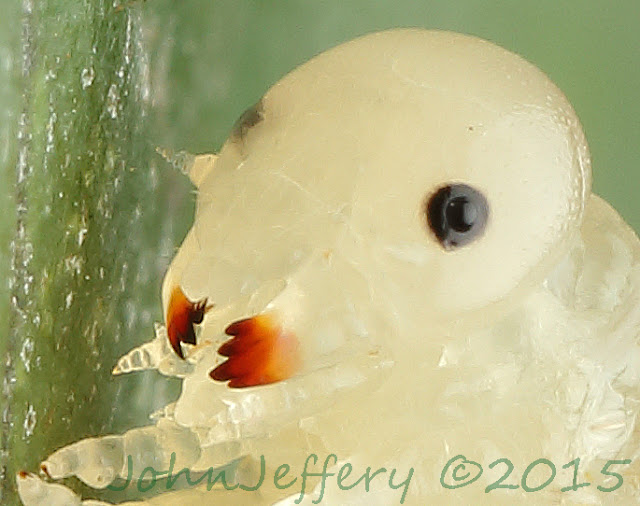NOOOOooooo! What is this government we elected doing? 'There is no other way' we are told..'The welfare cuts are essential.' Yeah that's right you bunch of two-faced hypocrites, take from those who can least afford it and tell them to get over it, when at the same time you are wasting millions of pounds on a hair-brained scheme such as culling grey squirrels.
Wake up to the facts! Grey's are not doing the apocalyptic damage you claim. For God's sake...man introduced them as they considered them to be 'fashionable' and it's man that must fess-up to being the one who has blood on his hands regarding the demise of the reds, now the government will give millions to farmers and land owners to cull the grey squirrels 'using whatever method they prefer.' This isn't about the reds at all. This is about the very same thing that drives almost every move this lot make, filthy lucre! In the words of Arlo Guthrie...'Kill...kill...kill!'
Sorry! I'm better now, really. I found my chill pills and necked the whole bottle. I am calmer than a sleepy sloth now...
Shall we crack on with a blog update? After all, it's what I came here for and I hope you did too...
I'll tell you what...no, better still, an image that nicely illustrates what a joy it was for me to recently spot one of these intriguing beasties...
Before I get too carried away, I guess I should share a picture or two of this tiny beetle...
What made this such a great find for me was that this particular creature belongs in the Antipodes. At least, that's where it originates from. An import from Australia, to put it plainly. Of course I am always aware that like so many other species, this is probably under-recorded, here's beetle expert Mark Telfer who I submitted my find to for confirmation of ID...
"I’m sure you’re right that it is P. fuliginosus. It has become well established and is quite a familiar sight to me. However, it hasn’t spread all that far – I’ve personally only seen it in VCs 3, 11, 13, 17 and 24 (S Devon, S Hants, W Sussex, Surrey and Bucks). I know it also occurs in Northern Ireland. I would be surprised if it is not established in Kent but I don’t know for sure."
Moving right along...don't crickets have funny knees?........................ Well?
Oh Feck! That's an earwig isn't it...let me try that again...
Whilst we are...procrastinating about knees and genuflection in general, that is what we were doing wasn't it? I know I was. I was sitting here, hand on my forehead in contemplation of just whether it would be possible for a cricket to indulge in true genuflection, by bending its right knee to the ground. Probably not and even more than that, I doubt they are religious either?
Erm, oh yes...what do you think these little blighters are?
You see...this is how my brain lets me down, what has the above photo got to do with knees? Nowt is the one word answer. I...distracted myself there and my original thought pattern disappeared faster than a f**t in a fan factory...as they say in these parts. Let me try and drag it back kicking and screaming to the forefront of my overtired mind. I was about to say this...
"Did you know that ladybirds/bugs bleed from their knees?"
I have been photographing hoppers whilst out and about with the camera and here are just some that I have collected over the past few weeks...
Now that I see them here, I think there may be two versions of one of the pictures? Oh well, put it down to my poor vision? I am always seeing double.
Joking aside (yes, that was a joke) my eyesight can't be too bad or I would never have been able to find this extremely small springtail...
Wanna see something you don't see everyday? Oh goody, 'cos I was going to post it next anyway...
Edit: Oh no it isn't! Please see comments for correct ID (Thanks Maria) This is in fact a similar bug of a different family: Reduviidae At least this means I probably have never found one of these before...
Well I think it's time for me to add the very last picture for this update and it brings us right back where we started, with a grey squirrel. I photographed this one at a local park a few days ago...
Don't just sit there....run, run...they are out to get you little squirrel!
Until the next time...







































